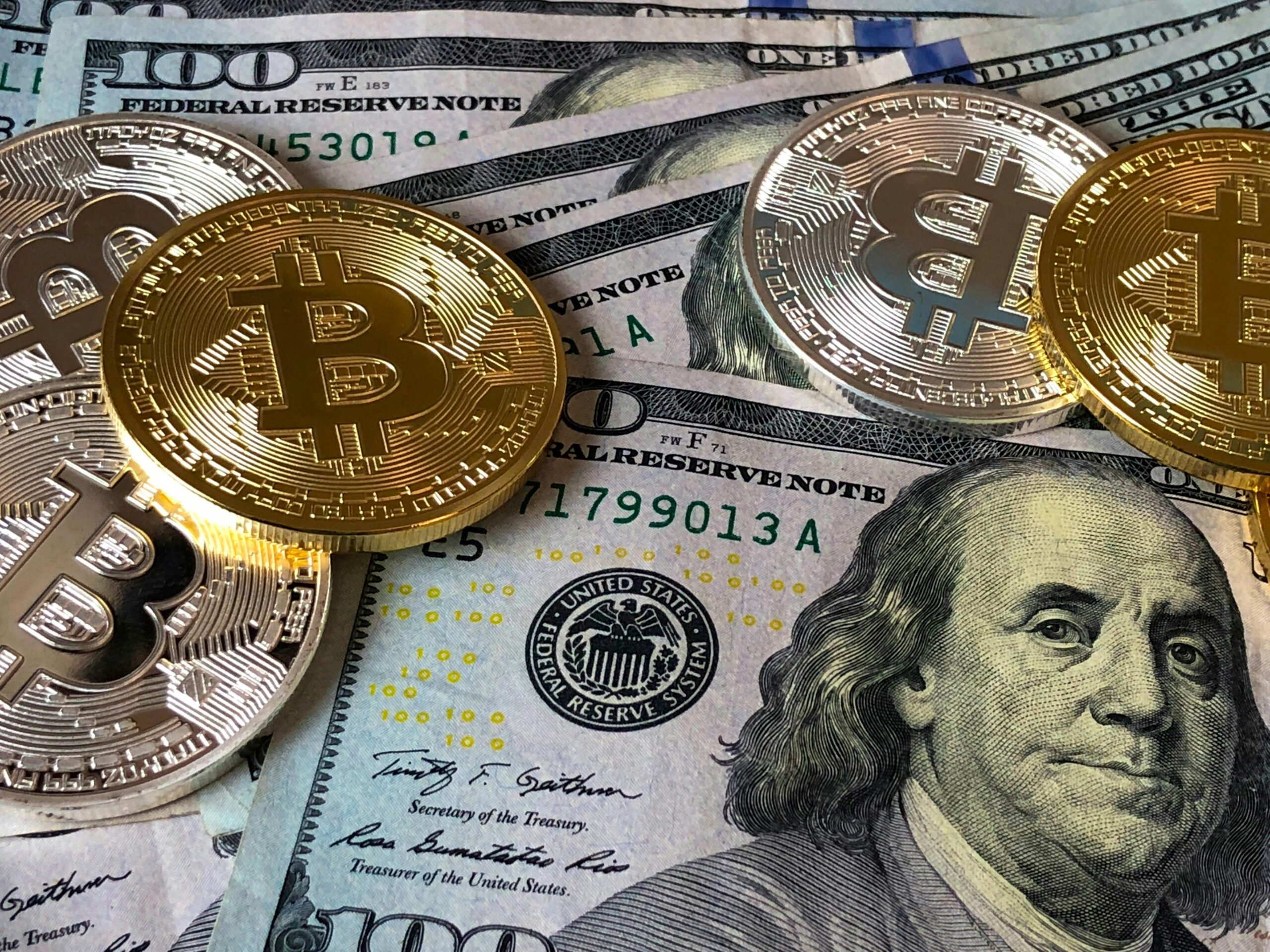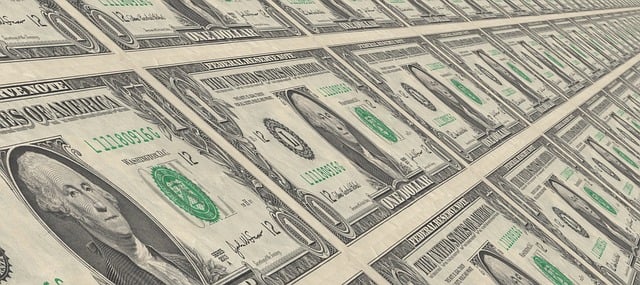
Current Rates of Different Currency shift continuously, making them stronger or weaker in comparison to other currencies. When a nation’s currency increases in value, imports become cheaper for its residents, while exports become more costly for buyers in other countries.
When the Current Rates of Different Currency weakens, imports rise in price, but exports become more affordable to foreign consumers.
An appreciation in the exchange rate generally hurts a nation’s trade balance, since it reduces export earnings and increases spending on imports. A depreciation in the exchange rate generally improves the trade balance by boosting exports and making imports costlier.
Read more about Discover more explore better travel smarter
Read more about Current rates of different currency
The fluctuations in a country’s Current Rates of Different Currency are influenced by numerous factors, all connected to its trade relations with major partners. Exchange rates are comparative measures, representing the value of one currency against another. Some of the main influences are listed below, though their relative weight is often debated.
Interest rates, inflation, and exchange rates are closely linked. By adjusting interest rates, central banks influence both inflation levels and the strength of their currency. Changes in interest rates directly affect price stability and currency values.
When interest rates are high, banks and investors earn higher returns compared to other countries. This attracts foreign capital, increasing demand for the domestic currency and causing the exchange rate to appreciate.
However, if inflation is significantly higher than in other nations, or if other downward pressures exist, the effect of higher interest rates is weakened. Conversely, when interest rates fall, the exchange rate generally declines as well.
The current account represents the trade balance between a country and its global partners, recording all transactions in goods, services, interest, and dividends.
A current account deficit indicates that a country is spending more on imports than it earns from exports. To cover the gap, it must borrow capital from abroad. In simple terms, the nation demands more foreign currency than it earns, while supplying more of its own currency than foreign buyers require.
This imbalance pushes the exchange rate lower until domestic products become cheaper for foreigners and foreign assets grow too costly for local investors.
Governments often run budget deficits to finance projects and public spending. While this can stimulate growth in the short run, large levels of public debt make a country less appealing to global investors.
Why? High debt tends to fuel inflation, and inflation reduces the real value of repayments over time. In extreme situations, governments may resort to printing money to cover debt, which only worsens inflation. If domestic funding is insufficient, the government must sell more securities abroad, driving down their value.
Additionally, heavy debt can raise fears of default, discouraging foreign investors from holding assets in that currency. For this reason, a nation’s credit rating, issued by agencies like Moody’s or Standard & Poor’s, plays a major role in determining exchange rate stability.
The terms of trade measure the relationship between export prices and import prices, linking closely to the current account and balance of payments.
If export prices rise faster than import prices, the terms of trade improve. This indicates stronger demand for a country’s goods, leading to higher export revenues and increased demand for its currency, boosting its value.
On the other hand, if import prices grow faster than export prices, the terms of trade deteriorate, reducing the currency’s value.
International investors and companies prefer politically stable nations with solid economic foundations. These conditions attract foreign capital, diverting investment from riskier markets.
Political instability, in contrast, undermines confidence in a currency and triggers capital outflows toward safer destinations.
For consumers, when a currency weakens, imported products become more expensive. When a currency strengthens, goods from abroad become cheaper. This matters a lot in many countries, since items like electronics and vehicles are largely sourced internationally.
For investors, shifts in currency values can either benefit or hurt the actual returns they earn. First, the money they hold (whether dollars, yen, or yuan) may lose value compared to before. Second, fluctuations in exchange rates can affect the profits of the companies they own shares in.
It depends on the situation. For instance, if you’re traveling overseas, a strong U.S. dollar means you’ll receive more euros or pounds for each dollar. On the other hand, the U.S. travel industry might take a hit because visitors will find American trips more costly when their own currencies buy fewer dollars.
A stronger dollar also raises the price of American products abroad. That could boost the earnings of U.S. businesses in some cases, but it might also drive foreign buyers toward cheaper local substitutes.
Fluctuations in exchange rates can significantly affect investors’ portfolios. The currency in which most of a portfolio’s assets are held determines its actual rate of return. When the exchange rate falls, the purchasing power of investment income and capital gains declines.
In addition, exchange rates shape other financial factors like interest rates, inflation, and even domestic investment gains. Although exchange rate movements are influenced by complex forces that can puzzle even experts, investors should monitor them closely, since they play a crucial role in overall returns.
A mix of elevated US interest rates, the nation’s comparatively quick economic rebound, and a shift away from emerging market debt toward the “safe haven” of dollar-based assets are all driving the US currency to its strongest level in three decades.
This may benefit American tourists who are spending big on shopping trips in Europe, but it’s creating significant — and harmful — consequences for global trade, multinational companies, and the domestic economies of many nations.
Currencies that are normally considered stable have dropped sharply against the U.S. dollar in exchange markets. The Financial Times has described the dollar as “the king of the castle,” noting that from January to September 2022, the British pound lost 21% of its value against the dollar, the Japanese yen dropped 20%, and the euro declined by 16%. These are major currencies that play a key role in international payments and are generally seen as reliable.
Global businesses are experiencing the strain of the dollar’s rise. It increases the cost of commodities and products typically priced in USD, and makes it more difficult for companies and governments to service dollar-denominated debt. At the same time, the strong dollar is driving inflation abroad, reducing consumer purchasing power and slowing economic growth.
Global companies are worried that they may struggle to pay for the raw materials or products they require, and/or that buyers outside the US could reduce demand for their goods. One consequence of fluctuations in the dollar’s value is that items priced in USD become more costly abroad. There are certain measures businesses can take to ease these concerns, but these should not be seen as financial advice or a substitute for consulting a professional advisor.
This economic situation is unlikely to shift quickly. Kathy Jones, Managing Director and Chief Fixed Income Strategist at the Schwab Center for Financial Research, explains that the forces driving the dollar’s rise “look likely to remain intact into 2023. Moreover, there are few attractive alternatives to the U.S. dollar for global investors.”
Financial specialists emphasize that a strong dollar will continue to influence international commerce. Martin Wolf, chief economics commentator at the Financial Times, states that “The roles of US capital markets and the dollar are far bigger than the relative size of its economy suggests. Its capital markets are those of the world and its currency is the world’s safe haven. Thus, whenever financial flows change direction from or to the US, everybody is affected.” For that reason, global companies have no option but to adapt to the shifts caused by dollar volatility.
Keep reading to discover more about the reasons behind the dollar’s strength and how higher exchange rates impact businesses, currencies, and people across different nations.
Fluctuations in exchange rates are nothing unusual. All major currencies trade relative to one another, so if one rises, the others tend to decline. What’s unusual now is the extent of the imbalance, with one currency pulling far ahead. The current strength of the USD is disproportionate compared to other global currencies.
Adam Posen, president of the Peterson Institute for International Economics, observes that “The dollar, euro, yen and yuan moved in relatively small ranges for a very long time. This is the first time in decades where everybody’s down against the dollar.” At present, the USD is at its highest level in two decades, while the GBP and JPY are at their weakest since the 1980s, and the EUR dropped to its lowest point since 2002.
There isn’t a single factor behind the dollar’s surge. Instead, a mix of influences has strengthened the USD.
The value of a currency often reflects confidence in a nation’s economy. The COVID-19 pandemic slowed economies worldwide, but the US bounced back faster than most.
In the US, GDP growth climbed to 15.6% above Q3 2019 levels, compared to only 8.3% growth in the Eurozone, while Japan’s GDP shrank by 3.6%. Although the US hasn’t always been stronger, at this moment it’s outperforming its peers. Julia Horowitz, business writer at CNN, explains: “The US dollar tends to climb in value when America’s economy is very strong, or, somewhat counterintuitively, when it’s weak and the world is facing a recession.”
Russia’s invasion of Ukraine pushed up costs of essential goods, especially fuel and foods like wheat and cooking oil. But these spikes hit Europe and Africa harder than the US.
Higher costs led consumers in those regions to reduce spending, weakening growth prospects. When growth looks poor, investors lose confidence, selling off those currencies, which weakens them further.
Investors — whether funds, governments, or individuals — prefer higher returns. They gravitate to markets where interest rates are high and expected to climb further. The US Federal Reserve acted first after COVID, raising interest rates aggressively. This year alone, the Fed increased rates five times by a total of 2.25 points, reaching 3.25%. By contrast, the European Central Bank raised rates just once by 0.75 points, and Japan left its rate at -0.10%.
That makes US assets more appealing. “On a treasury bill today, you’ll get something like three and a half or 4% in the U.S.,” says Jonathan Wright, economics professor at Johns Hopkins University. “And if you had a comparable bill in Europe, it’d be much lower, maybe 1%. So that causes capital flow into the dollar, and drives the dollar up,” he adds.
Another key factor is the dollar’s central role in global trade. Most major commodities — oil, wheat, soybeans — are priced in USD. Additionally, the US dollar accounts for nearly 60% of central bank reserves worldwide, far surpassing any other currency.
As a result, companies and governments must purchase dollars to keep up with international commerce, even when exchange rates are unfavorable. This demand helps keep the dollar elevated, even if it leads to distorted pricing.
Inflation both influences and results from exchange rate movements. High inflation reduces the value of money, weakening the currency, while low inflation supports strength.
When the dollar is strong, imported goods in the US cost less, holding down inflation domestically. In other countries, however, imports cost more, fueling inflation, which weakens their currencies further and pushes the dollar even higher.




